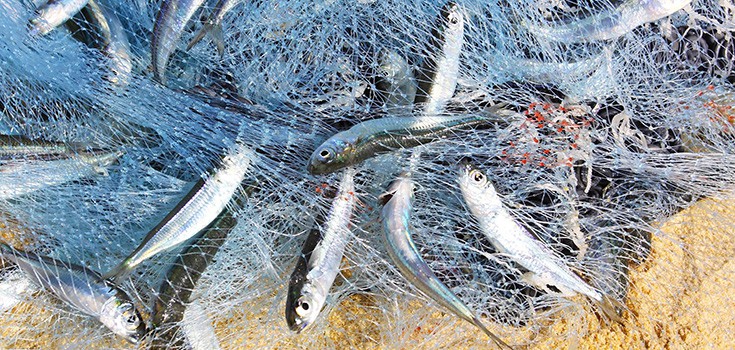Fish Mercury Levels: 1/4 Freshwater Fish Exceed ‘Safe’ Mercury Levels

A study completed in 2009 and released by the U.S. government found that every single freshwater fish tested was contaminated with mercury. They tested fish from 291 different streams across the country and didn’t find a single mercury-free fish. What’s more, fish mercury levels were often alarmingly high.
Fish Mercury Levels High Even in Freshwater Fish
According to the report, fish mercury levels in more than one-fourth of the fish tested contained mercury levels exceeding those set forth for people by the Environmental Protection Agency (EPA). More than two-thirds exceeded EPA levels for other mammals.
Many people opt for fish over other “meats” to avoid many of the toxins found in modern livestock, but this research sheds light yet again on the toxicity and contamination of fish, and that these creatures are often not healthful alternatives to other animals.
The EPA’s website cautions that a little mercury isn’t necessarily bad for the average person, that all fish naturally contain mercury. But if 25% of freshwater fish had more mercury than the FDA prescribed back in 2009, how many of them are over that limit now?
Mercury enters the water system through contaminants “spewed” into the atmosphere, according to Reuters. They say these emissions from industrial plants (particularly coal-fired plants) then settles into the water systems.
The most polluted areas were found in coastal “blackwater streams”. These streams are found in areas of the south east including: Georgia, the Carolinas, Florida, and Louisiana, where pine forests and wooded wetlands dot the undeveloped landscape.
It’s believed that these wooded wetlands somehow “enhance the conversion of mercury from its inorganic form in the atmosphere to a more toxic organic form,” called methylmercury.
Fish mercury levels rise and mercury contamination in fish becomes more concentrated as the fish move up the food chain. In other words, largemouth bass, for instance, which are bigger and feed on smaller fish, are likely to have greater mercury concentrations. Barbara Scudder of the USGS suggests people who are concerned about mercury might be better of eating smaller species like bluegill, crappie and perch.
A list provided by the Natural Resources Defense Council details some of the fish with the least amount of mercury contamination and those with the most. Catfish, anchovies, flounder, haddock, perch, tilapia and whiting are just a few with lower amounts. Bluefish, grouper, and salt water fish like shark, swordfish, mackerel and orange roughy have some of the highest concentrations.
You can see more fish and where they fall in the mercury scale here on the Natural Resources Defense Council website.
Additional Sources:

It really is sad that even our fish are contaminated with something harmful to humans.
We've cut back on meat because of all the contamination and we really don't eat fish anymore either. West coast fish seems to have had run-ins with Japanese waters and the east coast fish have mercury.
Just keep breeding. More & more people solves all problems.
Most people are far more likely to die from eating a shark than to die from a shark eating them.